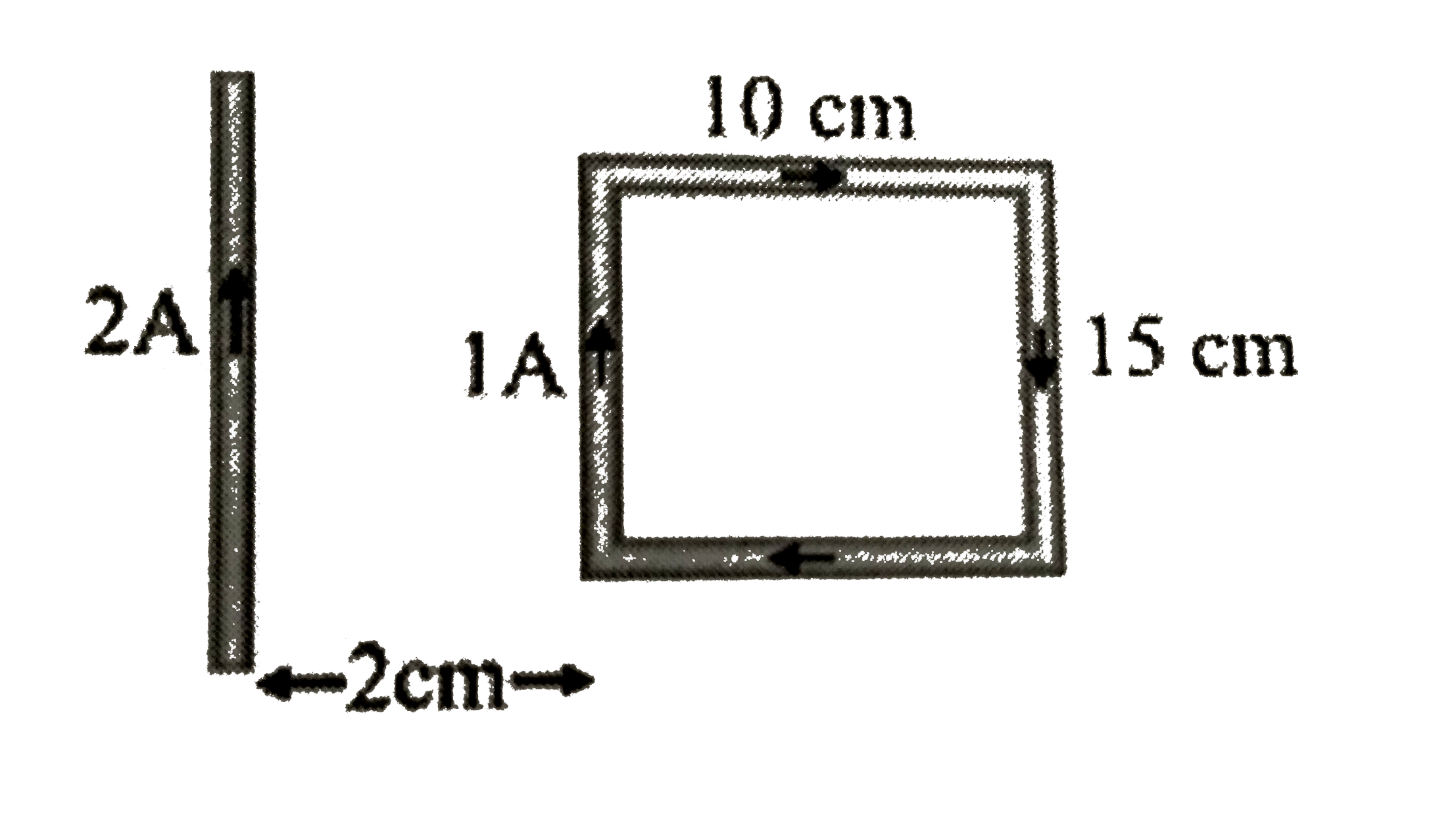An aeroplane is moving uniformly at a constant eight under the action of two forces (i) upward force (lift) and (ii) downward force (weight). What is the net force on the aeroplane.
To solve the problem of finding the net force on the aeroplane moving uniformly at a constant height under the action of two forces (lift and weight), we can follow these steps:
Step 1: Identify the Forces Acting on the Aeroplane
The aeroplane is subjected to two forces:
1. Upward Force (Lift): Denote this force as F1.
2. Downward Force (Weight): Denote this force as F2.
Step 2: Understand the Condition of Uniform Motion
The problem states that the aeroplane is moving uniformly at a constant height. This means that there is no acceleration acting on the aeroplane. According to Newton's First Law of Motion, if an object is in a state of uniform motion, the net external force acting on it must be zero.
Step 3: Apply Newton's First Law
Since the aeroplane is moving uniformly, we can conclude that the forces acting on it are balanced. Therefore, the upward force (lift) must be equal to the downward force (weight):
F1=F2
Step 4: Calculate the Net Force
The net force (Fnet) acting on the aeroplane can be calculated as:
Fnet=F1−F2
Since F1=F2, we can substitute:
Fnet=F1−F1=0
Conclusion
The net force acting on the aeroplane is:
Fnet=0
The aeroplane is subjected to two forces:
1. Upward Force (Lift): Denote this force as F1.
2. Downward Force (Weight): Denote this force as F2.
The problem states that the aeroplane is moving uniformly at a constant height. This means that there is no acceleration acting on the aeroplane. According to Newton's First Law of Motion, if an object is in a state of uniform motion, the net external force acting on it must be zero.
Since the aeroplane is moving uniformly, we can conclude that the forces acting on it are balanced. Therefore, the upward force (lift) must be equal to the downward force (weight):
F1=F2
The net force (Fnet) acting on the aeroplane can be calculated as:
Fnet=F1−F2
Since F1=F2, we can substitute:
Fnet=F1−F1=0
The net force acting on the aeroplane is:
Fnet=0
Topper's Solved these Questions
- LAWS OF MOTIONBOOK - ICSECHAPTER - LAWS OF MOTIONEXERCISE - EXERCISE - 3(B) (Multiple choice type)
3 Videos
- LAWS OF MOTIONBOOK - ICSECHAPTER - LAWS OF MOTIONEXERCISE - EXERCISE - 3(C)
25 Videos
- LAWS OF MOTIONBOOK - ICSECHAPTER - LAWS OF MOTIONEXERCISE - EXERCISE - 3(A) (Multiple Choice Type)
2 Videos
- ICSE ANNUAL EXAMINATION -2020BOOK - ICSECHAPTER - ICSE ANNUAL EXAMINATION -2020EXERCISE - SECTION-II
45 Videos
- LIGHTBOOK - ICSECHAPTER - LIGHTEXERCISE - TOPIC 2 Spherical Mirrors (4 Marks Questions )
9 Videos
Similar Questions
What is the net force on the square coil?

View SolutionWhat is the net force on the rectangular coil

View SolutionElectric charges under action of electric forces is called:
View SolutionA car of mass 800 kg is moving with a constant velocity 40 km/h. Find the net force on it.
View SolutionIf an object is moving with a constant acceleration, the net force acting on that body is
View SolutionA car of mass 800 kg is moving with a constant velocity 40 km/h . Find the net force on it.
View SolutionA body is moving with an acceleration 'a' under the action of a force 'g'. The weight of the body is
View SolutionA body is at rest under the action of three forces, two of which are →F1=4ˆi,→F2=6ˆj, the third force is
View SolutionA body is under the action of two mutually perpendicular forces of 3 N and 4 N. The resultant force acting on the body is
View SolutionA body is under the action of two mutually perpendicular forces of 3 N and 4 N. The resultant force acting on the body is
View Solution
